MERS
How to submit an article:
- Registered users can submit any published journal article that has a unique DOI (Digital Object Identifier) name or link to Research Hub.
- For example, you can paste the full DOI link:
https://doi.org/10.1109/5.771073or just the DOI name:10.1109/5.771073into the field above and click submit. - The person who is first to submit a valid article to Research Hub will forever be credited for it, and every article submission earns you +6 Research Points.
Related Topics
Published research studies are articles that present the findings of original research that has undergone a peer-review process and has been made publicly available in scholarly journals, books or other media.
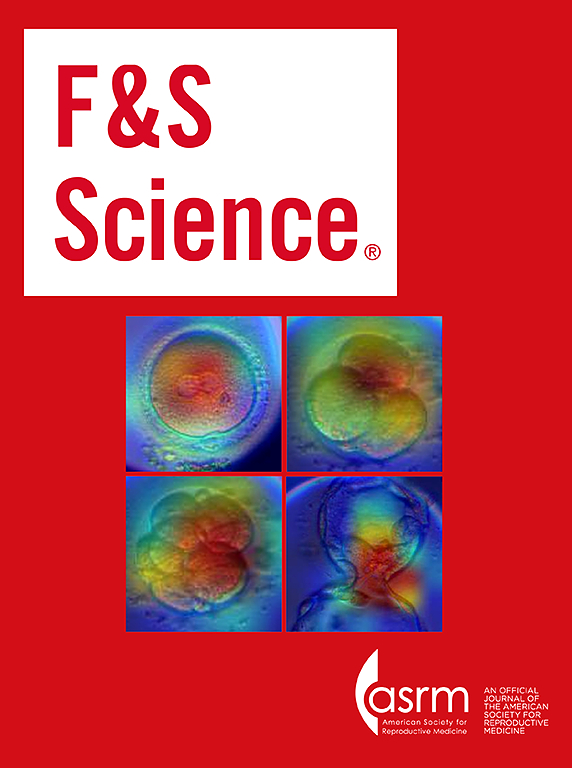
The combination of natural compounds Crila and epigallocatechin gallate (EGCG) showed enhanced antiproliferative effects on human uterine fibroid cells compared to single treatments.
2023 Sep F&S Science Bai T, Ali M, Somers B, Yang Q, McKinney S, Al-Hendy A
Network Pharmacology EGCGCombining Crila with green tea extract (EGCG) has been found to synergistically hinder the growth of human uterine fibroid cells.
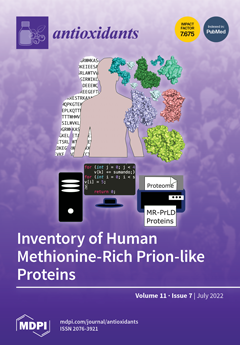
Urinary Phenolic Metabolites Associated with Peanut Consumption May Have a Beneficial Impact on Vascular Health Biomarkers
2023 Mar 11 Antioxidants Parilli-Moser I, Domínguez-López I, Vallverdú-Queralt A, Hurtado-Barroso S, Lamuela-Raventós R
Consumers of SRP and PB exhibited significantly higher excretion of specific UPMs, including enterodiol glucuronide, 3-hydroxybenzoic acid, vanillic acid sulfate, p-coumaric acid, coumaric acid glucuronide I and II, and isoferulic acid, compared to the control group. The peanut interventions also led to an improvement in prostacyclin I2 (PGI2) levels and the thromboxane A2 (TXA2):PGI2 ratio. Higher post-intervention levels of UPMs were correlated with positive changes in vascular biomarkers, indicating a potential positive impact of peanut product consumption on vascular health.
Clinical Study Randomised Controlled Trial Cardiovascular Disease
Bioactive Compounds and Biological Activities of Turmeric (Curcuma longa L.)
2023 Jan Reference Series in Phytochemistry Jyotirmayee B, Nayak SS, Mohapatra N, Sahoo S, Mishra M, Mahalik G
Review Article Bioactive Compounds Biological Activities TurmericThrough innovative refinement, nanocurcumin, evolved from turmeric's primary component curcumin, has improved characteristics and pharmaceutical potential, particularly in drug delivery systems.
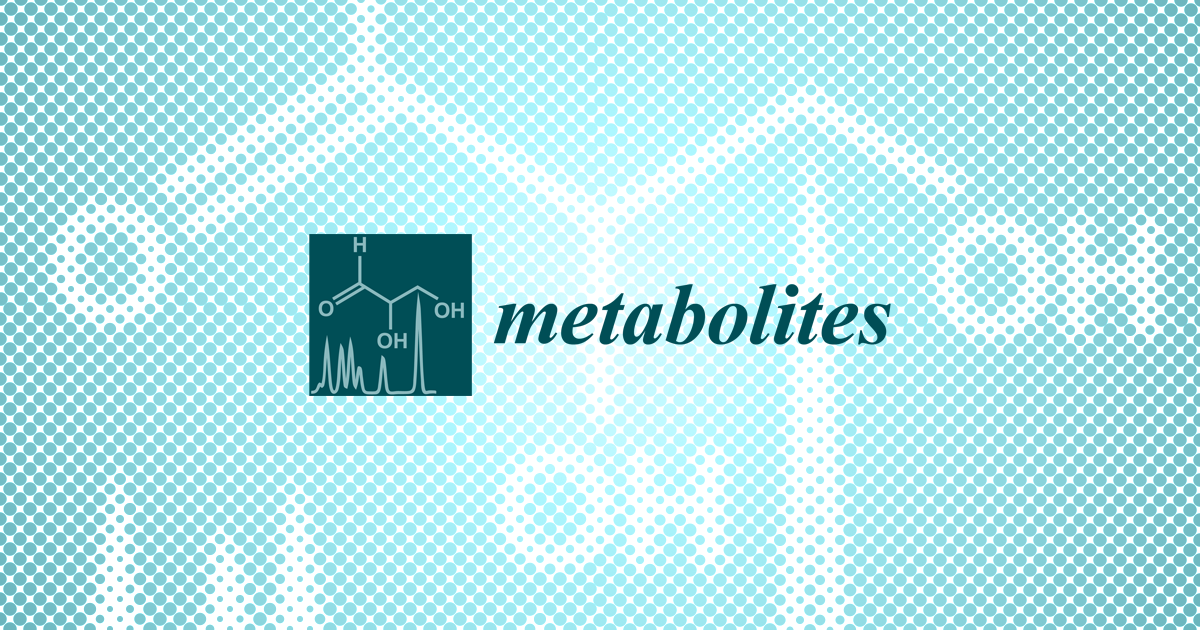
Sugar-Sweetened Coffee Intake and Blood Glucose Management in Korean Patients with Diabetes Mellitus
2022 Nov 25 Metabolites Yoo H, Park K
Cohort Study Coffee Blood Sugar Type 2 DiabetesFrequent consumption of sugar-sweetened coffee can adversely affect blood sugar control in patients with diabetes mellitus in Korea.
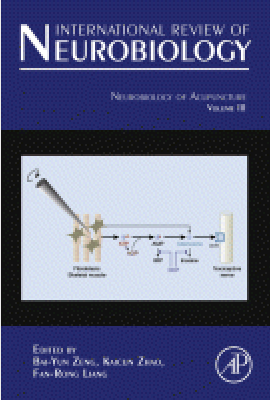
Raw milk: benefits and hazards
2022 Jan International Review of Neurobiology Aprea G, Mullan WMA
The study concludes that while some consumers believe in the benefits of raw milk due to its natural antimicrobial properties, the risks of consuming RDM, particularly for vulnerable populations, are significant and require mitigation.
Review Article Clinical Study Raw MilkResearch insights are moderated by the Research Hub team and offer an at-a-glance overview of interesting research findings.

2023 F&S Science
Combining Crila with green tea extract (EGCG) has been found to synergistically hinder the growth of human uterine fibroid cells.
Network Pharmacology EGCG
The combination of natural compounds Crila and epigallocatechin gallate (EGCG) showed enhanced antiproliferative effects on human uterine fibroid cells compared to single treatments.
Bai T, Ali M, Somers B, Yang Q, McKinney S, Al-Hendy A

2023 Reference Series in Phytochemistry
Through innovative refinement, nanocurcumin, evolved from turmeric's primary component curcumin, has improved characteristics and pharmaceutical potential, particularly in drug delivery systems.
Review Article Bioactive Compounds Biological Activities Turmeric
Bioactive Compounds and Biological Activities of Turmeric (Curcuma longa L.)
Jyotirmayee B, Nayak SS, Mohapatra N, Sahoo S, Mishra M, Mahalik G

2022 Metabolites
Frequent consumption of sugar-sweetened coffee can adversely affect blood sugar control in patients with diabetes mellitus in Korea.
Cohort Study Blood Sugar Coffee Type 2 Diabetes
Sugar-Sweetened Coffee Intake and Blood Glucose Management in Korean Patients with Diabetes Mellitus
Yoo H, Park K
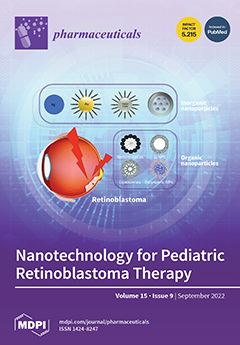
2021 Pharmaceuticals
Medical-grade honey outperforms conventional treatment in healing cold sores, reducing healing time and alleviating associated symptoms like pain and itching.
Randomised Controlled Trial
Medical-Grade Honey Outperforms Conventional Treatments for Healing Cold Sores—A Clinical Study
Naik PP, Mossialos D, Wijk B, Novakova P, Wagener FADTG, Cremers NAJ
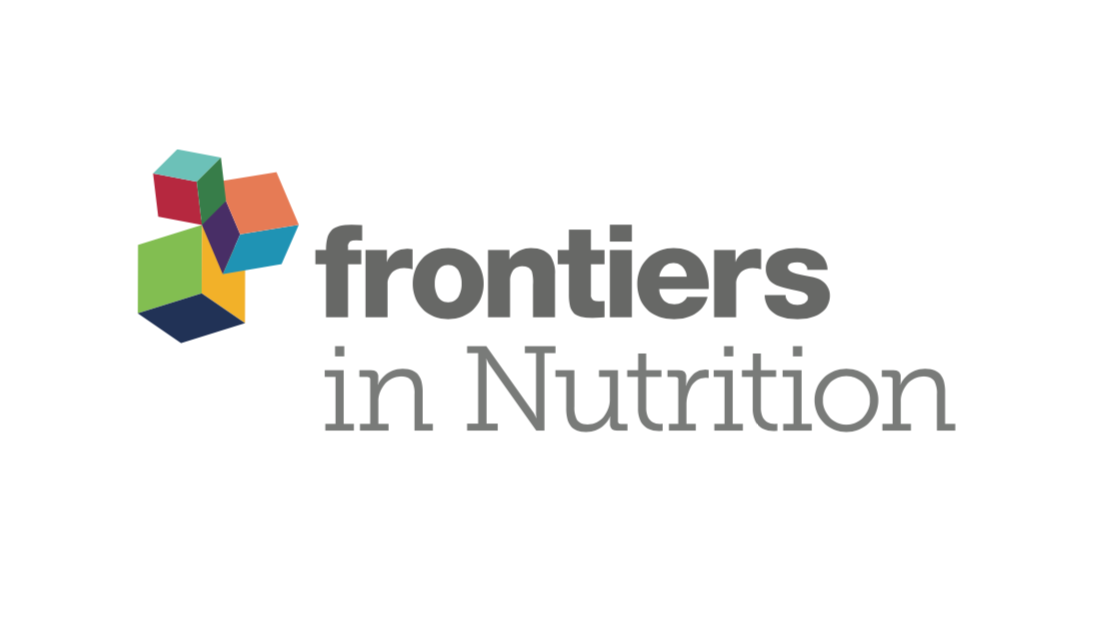
2021 Frontiers in Nutrition
The consumption of avocado is associated with better cognitive function in older adults.
Cohort Study Avocado
US Older Adults That Consume Avocado or Guacamole Have Better Cognition Than Non-consumers: National Health and Nutrition Examination Survey 2011–2014
Cheng FW, Ford NA, Taylor MK
Review Articles
Review articles summarise and critically evaluate the current state of research on a specific topic or field by synthesising multiple primary research studies.

Bioactive Compounds and Biological Activities of Turmeric (Curcuma longa L.)
2023 Jan Reference Series in Phytochemistry Jyotirmayee B, Nayak SS, Mohapatra N, Sahoo S, Mishra M, Mahalik G
Review Article Bioactive Compounds Biological Activities TurmericThrough innovative refinement, nanocurcumin, evolved from turmeric's primary component curcumin, has improved characteristics and pharmaceutical potential, particularly in drug delivery systems.

Raw milk: benefits and hazards
2022 Jan International Review of Neurobiology Aprea G, Mullan WMA
The study concludes that while some consumers believe in the benefits of raw milk due to its natural antimicrobial properties, the risks of consuming RDM, particularly for vulnerable populations, are significant and require mitigation.
Review Article Clinical Study Raw Milk
Berberine: A Review of its Pharmacokinetics Properties and Therapeutic Potentials in Diverse Vascular Diseases
2021 Nov 03 Frontiers in Pharmacology Ai X, Yu P, Peng L, Luo L, Liu J, Li S, et al.
This study comprehensively reviewed and summarized the pharmacokinetics properties and therapeutic potentials of berberine in diverse vascular diseases, thus providing experimental evidence for future research to discover novel drugs from Chinese medicine monomers.
Review Article Vascular Disease
Beneficial role of insect-derived bioactive components against inflammation and its associated complications (colitis and arthritis) and cancer
2019 Nov Chemico-Biological Interactions Dutta P, Sahu RK, Dey T, Lahkar MD, Manna P, Kalita J
This review has provided an overview of the importance of insects and their bioactive molecules against inflammation and associated health disorders and cancer. Though, insect-derived drug molecules were shown to be promising in various in vitro and in vivo models, detailed knowledge behind their activities is still insufficient.
Review Article
Nutrients for Prevention of Macular Degeneration and Eye-Related Diseases
2019 Apr 02 Antioxidants Khoo H, Ng H, Yap WS, Goh H, Yim H
Various antioxidants, including anthocyanins, carotenoids, flavonoids, and vitamins, have shown efficacy in reducing the risk of eye-related diseases. Anthocyanins from berries, β-carotene, lutein, zeaxanthin, and flavonoids from plants exhibit anti-inflammatory mechanisms. Combinations of these antioxidants, vitamins, and minerals have a synergistic effect in preventing or reducing the risk of macular degeneration. Clinically proven dietary supplements and nutraceutical formulas are available, but understanding the right dosage, efficacy, and bioavailability is crucial for consumers. The review also addresses potential causal factors, treatments, and controversies in using antioxidants for macular degeneration prevention, emphasizing the need for future multiethnic and multicenter trials.
Review Article Age-Related Macular Degeneration Lutein ZeaxanthinClinical Trials
Clinical trials are research studies that involve people and are conducted to evaluate the safety and efficacy of new treatments or interventions, such as drugs, medical devices, or behavioural therapies.

Urinary Phenolic Metabolites Associated with Peanut Consumption May Have a Beneficial Impact on Vascular Health Biomarkers
2023 Mar 11 Antioxidants Parilli-Moser I, Domínguez-López I, Vallverdú-Queralt A, Hurtado-Barroso S, Lamuela-Raventós R
Consumers of SRP and PB exhibited significantly higher excretion of specific UPMs, including enterodiol glucuronide, 3-hydroxybenzoic acid, vanillic acid sulfate, p-coumaric acid, coumaric acid glucuronide I and II, and isoferulic acid, compared to the control group. The peanut interventions also led to an improvement in prostacyclin I2 (PGI2) levels and the thromboxane A2 (TXA2):PGI2 ratio. Higher post-intervention levels of UPMs were correlated with positive changes in vascular biomarkers, indicating a potential positive impact of peanut product consumption on vascular health.
Clinical Study Randomised Controlled Trial Cardiovascular Disease
Medical-Grade Honey Outperforms Conventional Treatments for Healing Cold Sores—A Clinical Study
2021 Dec 04 Pharmaceuticals Naik PP, Mossialos D, Wijk B, Novakova P, Wagener FADTG, Cremers NAJ
Randomised Controlled TrialMedical-grade honey outperforms conventional treatment in healing cold sores, reducing healing time and alleviating associated symptoms like pain and itching.
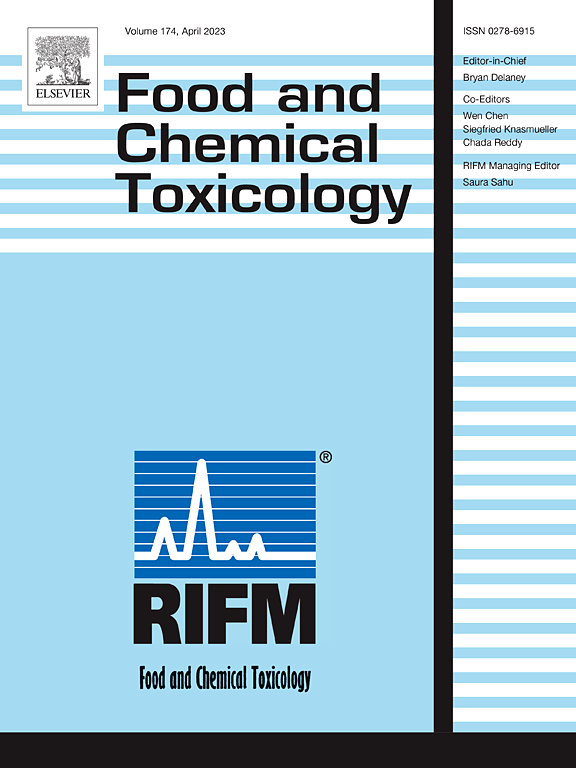
The safety of green tea extract supplementation in postmenopausal women at risk for breast cancer: results of the Minnesota Green Tea Trial
2015 Sep Food and Chemical Toxicology Dostal AM, Samavat H, Bedell S, Torkelson C, Wang R, Swenson K, et al.
Randomised Controlled Trial EGCGGreen tea extract consumption can potentially cause mild adverse reactions, notably nausea, skin conditions, and increased alanine aminotransferase levels.
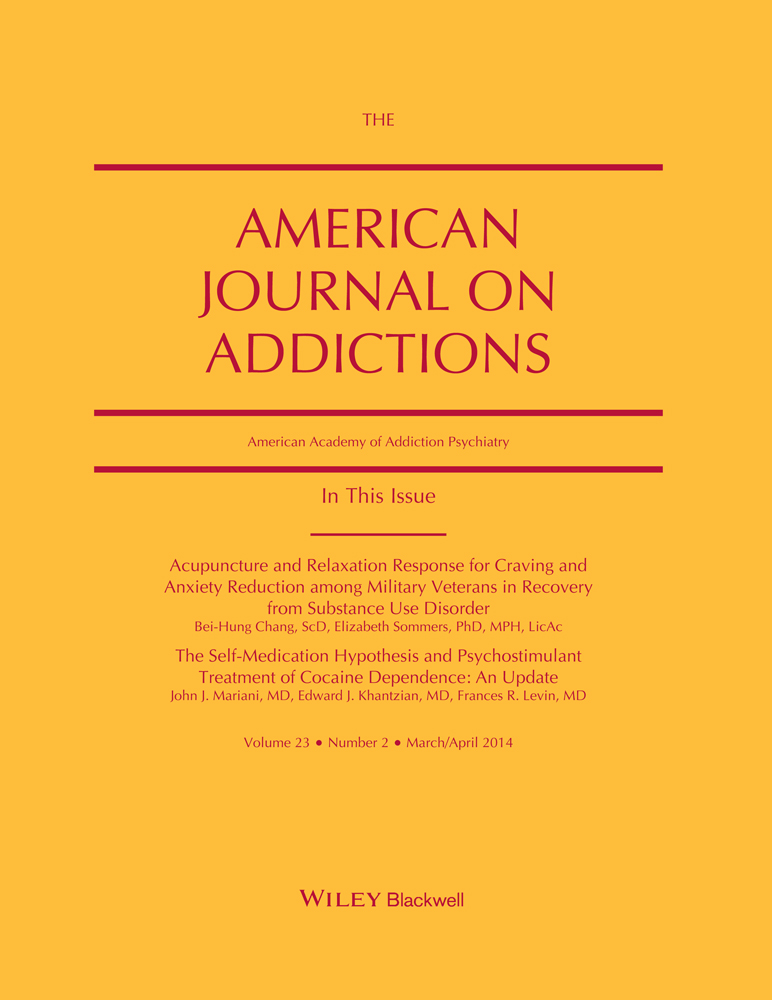
Acupuncture and relaxation response for craving and anxiety reduction among military veterans in recovery from substance use disorder
2014 Mar American Journal On Addictions Chang, B. H., & Sommers, E.
The study indicated that acupuncture is highly effective with increasing relaxation response for military veterans. It showed that both craving and anxiety levels continued to drop as study participants seek long term therapy. It also showed the importance for the care of military personnel and for veterans who have recently returned from active duty.
Randomised Controlled Trial Mental Health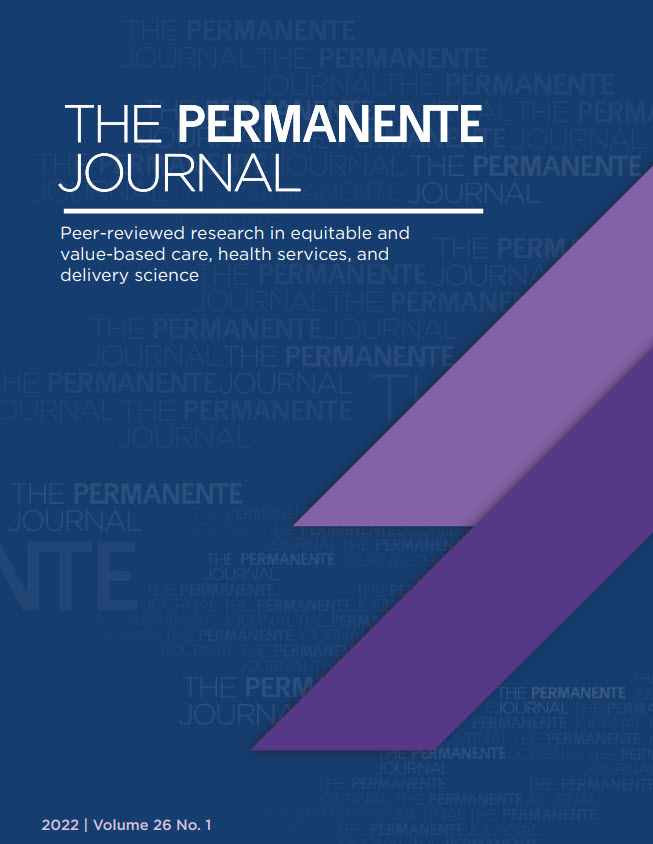
Reductions in Pain Medication Use Associated with Traditional Chinese Medicine for Chronic Pain
2012 Sep The Permanente Journal Elder C, Ritenbaugh C, Aickin M, Hammerschlag R, Dworkin S, Mist S, et al.
Among the heaviest NSAID users, we observed a short-term reduction in NSAID use that was sustained as TCM visits became less frequent. There was no indication that pain reduction during TCM treatment was influenced by drug use.
Randomised Controlled TrialStudy Protocols
Published study protocols are detailed plans that outline the objectives, methodology, statistical analyses, and organisation of a research study that have been made publicly available for others to review and use as a reference.
Presentation Slides

Network Pharmacology
Combining Crila with green tea extract (EGCG) has been found to synergistically hinder the growth of human uterine fibroid cells.
Bai T, Ali M, Somers B, Yang Q, McKinney S, Al-Hendy A

Review Article
Through innovative refinement, nanocurcumin, evolved from turmeric's primary component curcumin, has improved characteristics and pharmaceutical potential, particularly in drug delivery systems.
Jyotirmayee B, Nayak SS, Mohapatra N, Sahoo S, Mishra M, Mahalik G

Cohort Study
Frequent consumption of sugar-sweetened coffee can adversely affect blood sugar control in patients with diabetes mellitus in Korea.
Yoo H, Park K

Randomised Controlled Trial
Medical-grade honey outperforms conventional treatment in healing cold sores, reducing healing time and alleviating associated symptoms like pain and itching.
Naik PP, Mossialos D, Wijk B, Novakova P, Wagener FADTG, Cremers NAJ

Cohort Study
The consumption of avocado is associated with better cognitive function in older adults.
Cheng FW, Ford NA, Taylor MK
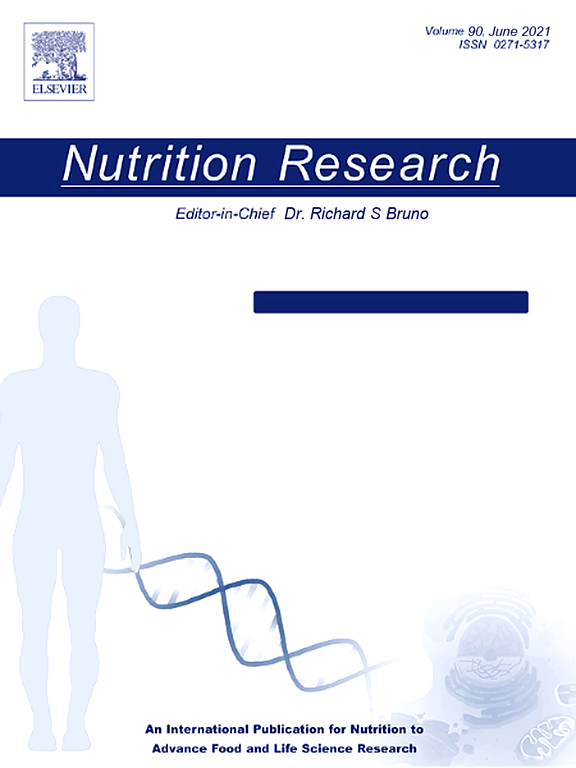
Cohort Study
The consumption of tree nuts is associated with increased levels of sex hormone-binding globulin in premenopausal women.
Wang Y

Cohort Study
Moderate coffee consumption may potentially reduce the risk of low HDL-C and high fasting blood glucose amongst Korean male adults.
Tan LJ, Jeon HJ, Park SH, Kim SA, Lim K, Chung S, Chang PS, Lee J, Kang D, Shin S
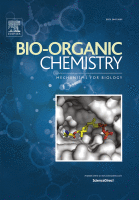
Experimental Study
Green tea polyphenolic compounds, (-)-epigallocatechin (EGC) and (-)-epicatechin-3-gallate (ECG), can diminish harmful Alzheimer's disease linked Aβ aggregates and ameliorate symptoms.
Chen T, Yang Y, Zhu S, Lu Y, Zhu L, Wang Y, Wang X

Randomised Controlled Trial
Green tea extract consumption can potentially cause mild adverse reactions, notably nausea, skin conditions, and increased alanine aminotransferase levels.
Dostal AM, Samavat H, Bedell S, Torkelson C, Wang R, Swenson K, Le C, Wu AH, Ursin G, Yuan JM, Kurzer MS
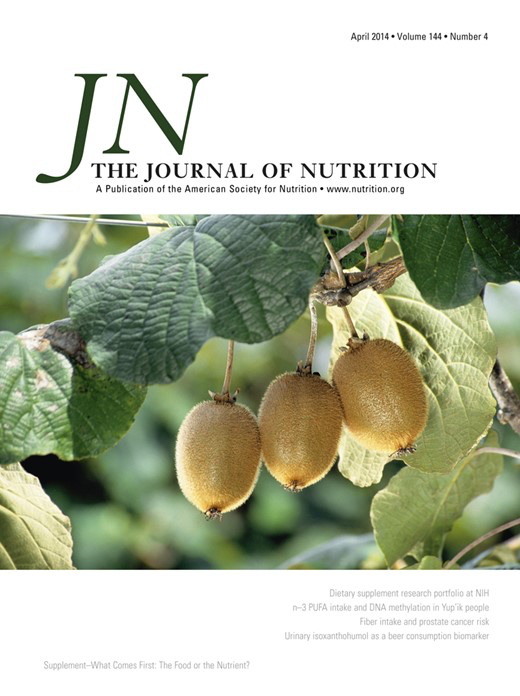
Systematic Review
Polyphenolic compounds found in walnuts not only reduce the oxidant and inflammatory load on brain cells but also improve interneuronal signaling, increase neurogenesis, and enhance sequestration of insoluble toxic protein aggregates.
Poulose SM, Miller MG, Shukitt-Hale B
Executive Summary
Write an executive summary in the form of a blog article on the topic of "Research into Chinese medicine treatment for MERS" summarising the research below and using language that can be easily understood by patients and avoiding medical jargon using a professional and caring tone of voice.
Write an executive summary in the form of a blog article on the topic of "Researched Chinese medicine treatments for MERS" summarising the research below in an objective and easy to understand way, and using language that can be easily understood by patients. Group the article into Chinese medicine treatments first, followed by nutrition and other treatments. Avoid using medical jargon and use a professional and caring tone of voice.
Write me a concise but easy to understand executive summary on the topic of "Chinese medicine treatments for MERS" based on the following research that I will give you. Your summary should be 2 paragraphs long in Australian English spelling and include references to the studies.
A Network Pharmacology published in 2023 in the journal F&S Science found that Combining Crila with green tea extract (EGCG) has been found to synergistically hinder the growth of human uterine fibroid cells. In the methodological process, human uterine leiomyoma (HuLM) cells were treated with varying concentrations of Crila, either alone or combined with epigallocatechin gallate (EGCG), employing various tests. Prominently, assays were performed to examine cell proliferation, with additional analyses conducted to measure protein and gene expressions of proliferation markers. The interaction of Crila and EGCG resulted in a notable reduction in HuLM cell viability, showing an increased inhibitory effect over singular treatments. This decrease in cell proliferation is attributed to a synergistic efficacy derived from using Crila and EGCG in combination. It was notably characterised by the reduced presence of the proliferation marker, proliferating cell nuclear antigen, both at the messenger RNA and protein levels. It was observed that the process does not induce cell apoptosis, implying that the cell viability reduction is primarily due to decreased cell proliferation.
A Review Article published in 2023 in the journal Reference Series in Phytochemistry found that Through innovative refinement, nanocurcumin, evolved from turmeric's primary component curcumin, has improved characteristics and pharmaceutical potential, particularly in drug delivery systems. The methodology of the research involved analyzing the cultivation, storage, and surrounding environmental factors crucial to turmeric production, such as soil condition and climate. This was intertwined with investigations into the chemical composition of turmeric, focusing mainly on curcumin, its main component. Moving forward, the study then evaluated curcumin analogs and formulations, leading to a deep dive into the relatively new development of nanocurcumin. The discussion of the research results revealed several interesting findings. Firstly, turmeric exhibited a variety of useful properties, highlighting its role in traditional medicine and livelihood in Indian tribes. Most importantly, the research concluded the impressive potential of nanocurcumin. This altered form of curcumin showed not only enhanced characteristics but also possible applications in the pharmaceutical field, specifically for drug delivery systems.
A Cohort Study published in 2022 in the journal Metabolites found that Frequent consumption of sugar-sweetened coffee can adversely affect blood sugar control in patients with diabetes mellitus in Korea. This study focused on adult coffee consumption patterns in Korea using data collected from the Korea National Health and Nutrition Examination Survey between 2008 to 2020. The consuming habits of 5671 diabetic patients were analyzed considering how often they consumed a mixture of coffee with sugar and creamer, referred commonly as 3-in-1 coffee. The methods used involved assessing these patterns through a 24-hour recall. Blood sugar control was evaluated using fasting blood glucose levels and hemoglobin A1c levels, in line with the targets set by the Korean Diabetes Association. The results revealed that nearly half of the diabetic patients in this study consumed sugar-sweetened coffee. These patients demonstrated significantly higher fasting blood glucose and hemoglobin A1c levels compared to those who did not partake in such consumption. The findings also indicated an increased likelihood of patients failing to achieve their blood sugar control targets, corresponding to the frequency of their consumption of sugar-sweetened coffee.
A Randomised Controlled Trial published in 2021 in the journal Pharmaceuticals found that Medical-grade honey outperforms conventional treatment in healing cold sores, reducing healing time and alleviating associated symptoms like pain and itching. The methodology in this study involved a crossover trial with a group of 29 patients with recurrent cold sores. The majority of these patients experienced four or more episodes per year, so they served as their own control group. These patients applied a medical-grade honey product called L-Mesitran Soft to their cold sore either at the onset of symptoms or upon the appearance of the blister. After the healing process, they answered a questionnaire, assessing the effectiveness of the honey treatment based on healing time, pain, and itching level. Researchers found that the average healing time was significantly less with the honey treatment in comparison to conventionally used treatments. The honey treatment led to faster healing in 86.2% of all patients and increased subjective healing score in 79.3% of the patients. Moreover, patients experiencing pain and itching with cold sores reported a reduction in these symptoms when treated with medical-grade honey. Additionally, all the patients expressed a preference for the honey treatment over conventional ones for future cold sores. This suggests the potential of MGH as a superior alternative treatment for cold sores.
A Cohort Study published in 2021 in the journal Frontiers in Nutrition found that The consumption of avocado is associated with better cognitive function in older adults. In the methodology, the researchers conducted a cross-sectional study involving 2,886 participants aged 60 or older from the National Health and Nutrition Examination Survey 2011–2014. These participants were classified into two groups: those who consumed avocado or guacamole, and those who did not. Cognitive performance was evaluated using tests for immediate and delayed recall, the Animal Fluency test, and the Digit Symbol Substitution Test, with education-dependent z-scores calculated for each participant as the education level can impact cognitive function. To control for potential influencing factors, comparisons were made between consumers and non-consumers with independent sample t-tests and advanced statistical methods like ANCOVA. The study found that those who consumed avocado showed significantly better scores across every cognitive test and the global cognitive score compared to non-consumers. Even after adjustments for potential confounders, the positive differences persisted. These findings support the conclusion that consumption of avocado correlates positively with improved cognitive function amongst elderly adults.
A Cohort Study published in 2021 in the journal Nutrition Research found that The consumption of tree nuts is associated with increased levels of sex hormone-binding globulin in premenopausal women. In a cohort study of 2699 adult women participants from the 2013 to 2016 US National Health and Nutrition Examination Survey, the association of tree nut consumption with sex hormone-binding globulin levels was assessed. Tree nut consumers were identified as those who ate tree nuts within the two 24-hours recall days. The associations between tree nut consumption and sex hormone-binding globulin were studied using least squares regression. Results showed that among the participants, 234 women consumed tree nuts and tree nut consumption was positively associated with the levels of sex hormone-binding globulin. On further analysis, it was found that this positive association was present in premenopausal women but not in postmenopausal women. Furthermore, tree nut consumption remained independently related to higher circulating levels of sex hormone-binding globulin in premenopausal women irrespective of the percentage of energy derived from tree nuts or daily tree nut intake amount.
A Cohort Study published in 2021 in the journal Nutrients found that Moderate coffee consumption may potentially reduce the risk of low HDL-C and high fasting blood glucose amongst Korean male adults. The study was designed to evaluate the link between coffee intake and the onset of metabolic syndrome, utilizing participant data sourced from the Health Examinees study. Metabolic Syndrome was identified based on the criteria set by the Adult Treatment Panel III of the National Cholesterol Education Program. The researchers deployed a multivariate Cox proportional hazards regression model to examine the relationship between different levels of coffee consumption and the incidence of metabolic syndrome. In the analysis of the results, moderate coffee consumption, approximately 1-3 cups per day, in male participants was found to have an inverse correlation with low high-density lipoprotein cholesterol (HDL-C) and high fasting blood glucose. More so, this inverse correlation was further observed with the consumption of 3-in-1 coffee, which includes sugar and creamer. This suggests that male habitual coffee drinkers may be less likely to experience low HDL-C and high fasting blood glucose, key markers of metabolic syndrome.
A Experimental Study published in 2020 in the journal Bioorganic Chemistry found that Green tea polyphenolic compounds, (-)-epigallocatechin (EGC) and (-)-epicatechin-3-gallate (ECG), can diminish harmful Alzheimer's disease linked Aβ aggregates and ameliorate symptoms. Green tea compounds EGC and ECG were tested for their effects on Cu/Zn-induced or self-assembled Aβ aggregation involved in Alzheimer's disease. To do so, a combination of thioflavine T fluorescent spectrometry, inductively coupled plasma mass spectrometry, UV-Vis spectroscopy, transmission electron microscopy, silver staining, immunohistochemistry, and immunofluorescence assays were utilized. Findings indicate that these compounds bind mildly to Cu and Zn and reduce their caused or self-assembled Aβ aggregates. Moreover, these compounds were shown to manage neurotoxicity in mouse neuroblastoma Neuro-2a cells by decreasing the production of reactive oxygen species (ROS). From the findings, the EGC and ECG in green tea showed potential in reducing the toxicity of Aβ oligomers and fibrils which are heavily linked to Alzheimer's disease. Notably, ECG has the ability to traverse the blood-brain barrier and reduce Aβ plaques within the mouse brain, showcasing its potential for neuron protection. This study highlights the potential of green tea - specifically, its polyphenolic compounds - in the prevention or reduction of Alzheimer's disease symptoms.
A Randomised Controlled Trial published in 2015 in the journal Food and Chemical Toxicology found that Green tea extract consumption can potentially cause mild adverse reactions, notably nausea, skin conditions, and increased alanine aminotransferase levels. In our study, we utilized a randomized, double-blind, and placebo-controlled method. We selected 1075 postmenopausal women to participate over the course of one year. They were randomly assigned to daily consumption of green tea extract containing a specified quantity of epigallocatechin gallate (EGCG) or a placebo. With regards to the results, there was no significant difference observed with general adverse events between those consuming the green tea extract and those taking the placebo. However, it was recognized that those women taking the green tea extract reported a higher incidence of nausea and skin conditions, but a lower occurrence of diarrhea. More women in the green tea extract group experienced an elevation in alanine aminotransferase levels. Overall, adverse events were mainly mild and transient, highlighting a general tolerance for daily consumption of GTE. Yet, it was noted that a small percentage of GTE consumers experienced elevated alanine aminotransferase levels, including a few serious cases.
A Systematic Review published in 2014 in the journal The Journal of Nutrition found that Polyphenolic compounds found in walnuts not only reduce the oxidant and inflammatory load on brain cells but also improve interneuronal signaling, increase neurogenesis, and enhance sequestration of insoluble toxic protein aggregates. In conclusion, age-related increases in oxidative stress and inflammation, especially when coupled with metabolic and cardiovascular dysfunction, lead to neurodegeneration and cognitive decline. This process of brain aging occurs even in the absence of specific neurodegenerative diseases. Although most chronic neurodegenerative diseases cannot currently be cured, preventive measures earlier in life can protect cognitive function in old age and may prevent or delay the onset of debilitating neurodegenerative diseases. Dietary interventions provide a safe and palatable means of modifying the body's internal environment and, importantly, the neuronal environment within the brain. Walnut polyphenols and tocopherols can reduce oxidative stress and inflammation; furthermore, PUFAs help maintain neuronal membrane integrity and attenuate protein aggregation involved in AD. In rodent studies, the addition of dietary walnuts, equivalent to a single serving of walnuts for humans, was sufficient to improve both motor and cognitive behavior in aged animals. In humans, the inclusion of walnuts in the diet improved cardiovascular health, which is itself a risk factor for neurodegenerative diseases and age-related cognitive decline. Taken together, this evidence suggests that the integration of walnuts into a healthy diet could be an effective means of prolonging health spans, slowing the processes of brain aging, and reducing the risk of chronic neurodegenerative disease.
Moderation Tools
Topic
Sign In
Users not signed in are limited to viewing the 5 most recent items of content.